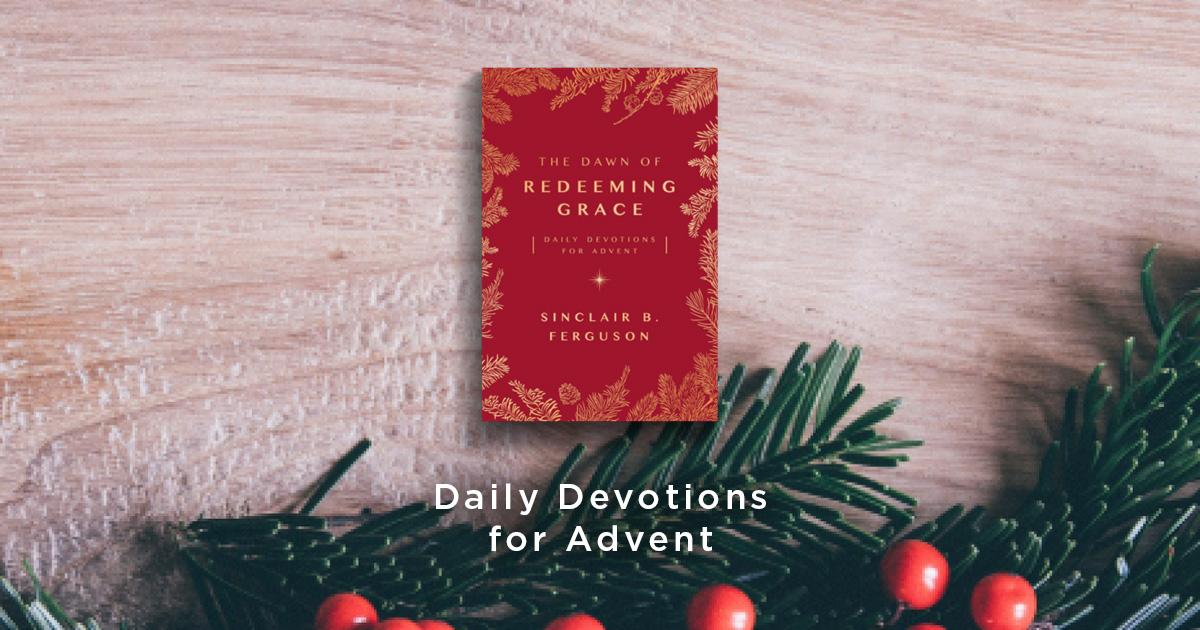
“Cherchez la femme.” Literally, this French phrase means “Look for the woman.” But as an idiom it means, “If there’s a problem, then a woman will always be at the root of it.” That, of course, is more than a little unfair. No one ever said “Cherchez l’homme,” even though men constitute approximately half of the human race!
But when it comes to the genealogy of Jesus, “Cherchez la femme” is good advice. Women are mentioned only occasionally in biblical genealogies (as in 1 Chronicles 1:32, 50). Usually these family trees take the form “X [the father] begat Y [the son]” and make no mention of the mother. What sticks out in Matthew’s account of Jesus’ genealogy is that it mentions five women altogether. There must be a reason for this. And why only these women? After all, every man listed had a mother.
The question to ask is this: what do the following women have in common? Tamar (Matthew 1:3); Rahab (1:5); Ruth (1:5); and the wife of Uriah the Hittite (1:6).
"Jesus did not come into a squeaky clean world any more than we do."
For one thing, they were probably all non-Israelites. They didn’t naturally belong. For another, there were question marks over their lives: Tamar gave birth to the twin sons of her father-in-law, Judah (the sad story is told in Genesis 38:1-30); Rahab was a Jericho prostitute (Joshua 2:1); Ruth was a Moabitess (Moabites and their descendants were permanently barred from the congregation of Israel, Deuteronomy 23:3); Bathsheba, the wife of Uriah the Hittite, was the object of King David’s adultery (2 Samuel 11).
Luke doesn’t mention these women in his genealogy of Jesus. So why did Matthew draw attention to these skeletons in the cupboard? I suspect he is giving us hints of three important biblical principles:
The first principle is present in Matthew’s Gospel like a pair of bookends. He begins by mentioning these Old Testament “outsiders” who were brought into Jesus’ family history and goes on to tell us about more outsiders—wise men from the east—who visited him after he was born. Matthew concludes with Jesus commanding the apostles to go to outsiders—indeed to “all nations” (Matthew 28:18-20).
The second principle reminds us that Christ understands what it means to have sin and shame in our family story.

Advent devotional for Christmas that will stir hope and inspire worship.
Jesus did not come into a squeaky clean world any more than we do. He came into a fallen world, and into a family that had blots in its history. He did so out of love for us, and everything we learn about him proves that he is able to sympathise with us.
Whatever it is that causes us shame—from sin or abuse in our past to painful memories that continue to linger—the Lord Jesus understands. He does more than merely see the burdens we privately carry; he has experienced them himself. He was “made like his brothers in every respect, so that he might become a faithful and merciful high priest ... we do not have a high priest who is unable to sympathize with us in our weakness ... Let us then with confidence draw near ... that we may receive mercy and find grace to help in our time of need” (Hebrews 2:17; 4:15-16).
It was to save the kind of people who appear in his family tree that Jesus came. The apostle Paul learned that: “The saying is trustworthy and deserving of full assurance, that Christ Jesus came into the world to save sinners, of whom I am the foremost” (1 Timothy 1:15).
The third principle reminds us that God never loses control of his purposes. True, like the psalmists, we sometimes feel that he has. But when we do, we need to say to ourselves, “Remember Jesus’ genealogy!”
Tamar, Rahab, Ruth, Bathsheba—and yes, eventually the young virgin Mary too—would not have been able to see what God would ultimately do through their lives. So it is in every age and for every believer. But God sees the end from the beginning.
If I had been with Matthew when he was writing his Gospel, I would have been tempted to say, “Matthew, please don’t begin with a long family tree. It will put most people off reading the rest of the story!” But I am glad that he did because written into his genealogy is this message: God keeps his promises; he knows what he is doing; he knows exactly where he is going; and he is able to rescue us even from past sin and shame.
In what corners of your heart and mind do you need to remember that today?
This article is adapted from The Dawn of Redeeming Grace by Sinclair Ferguson, an advent devotional for Christmas that will stir hope and inspire worship.